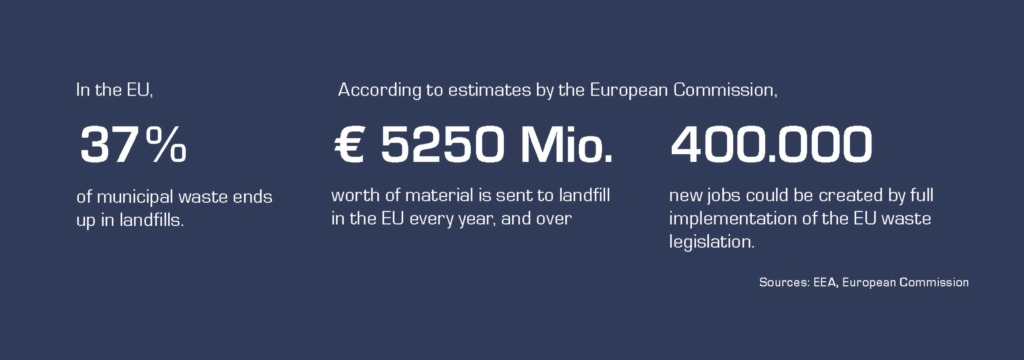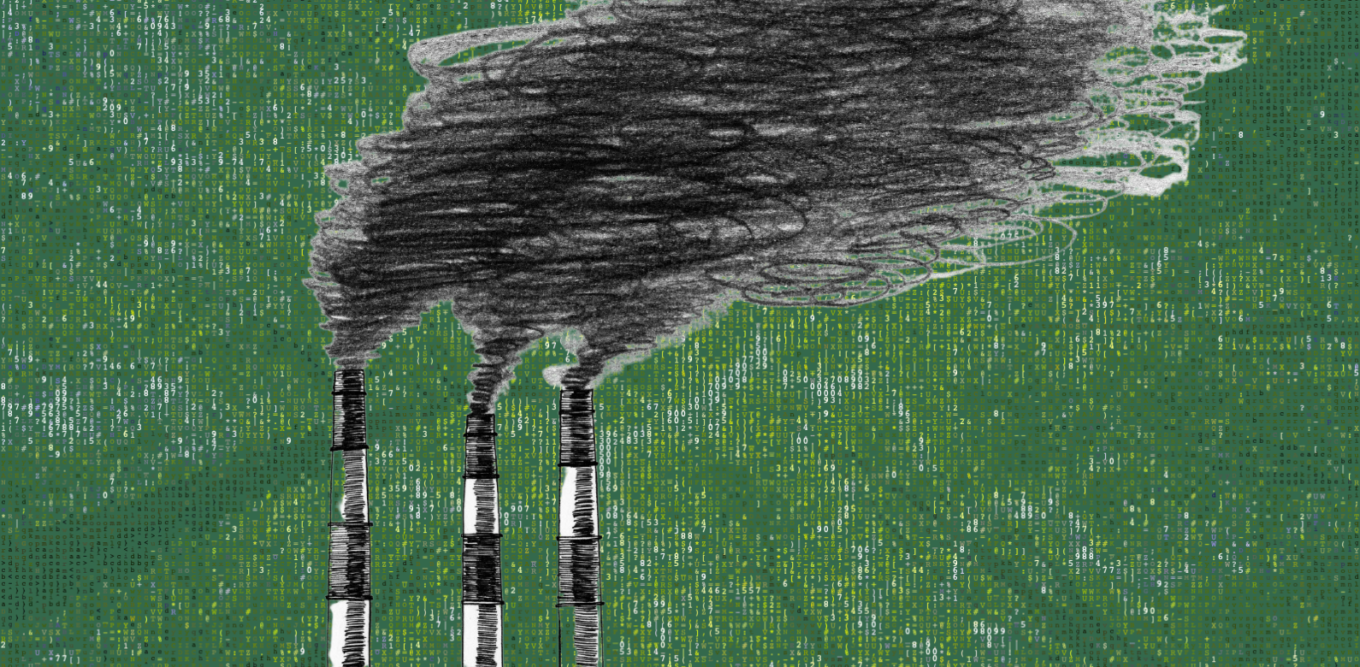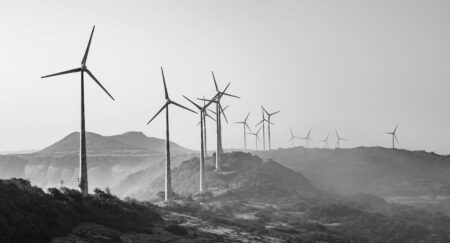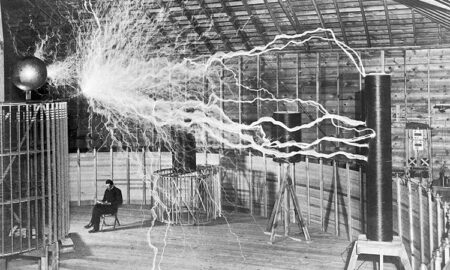Each global citizen, on average, generates approximately 0.74 kilograms of waste per day. In the coming years, with rising populations, our waste output will likely increase. Solutions such as reuse, recycling and energy recovery are more important than ever.
The new direction of travel across all our sectors must be towards green innovation. We cannot tolerate profligate behaviour from industry nor can we continue to mismanage the disposal of our waste. We need to see more investment in environmental technology, supported by governments, in order to protect the environment and vulnerable communities.
Overflowing landfill waste
Our waste output puts significant stress on landfill sites. According to official figures from the US, 146 million tons of solid waste travelled to landfill in the year 2018. In India, some disposal sites exceeded their planned capacity over a decade ago. This worldwide problem is cause for alarm because decomposing food scraps produce gases harmful to the environment.

So, how do our food scraps create these potent and dangerous greenhouse gases?
The conditions at landfill sites prevent food scraps decomposing in a normal way. The huge volume of organic and non-organic waste means that landfill beds have a very limited oxygen flow. Without access to oxygen, our food waste will go through a process of ‘anaerobic’ decomposition. One byproduct of the anaerobic decomposition process is methane gas.
Landfill gas (LFG) predominantly consists of methane and carbon dioxide. In the US, 17% of all methane emissions in 2019 came from landfill sites.
Serbia: Europe’s largest unmanaged landfill waste site
Serbia’s Vinča landfill, outside of Belgrade, is one of Europe’s largest uncontrolled rubbish dumps. For decades the Serbian capital has sent its waste to this site, contaminating the soil and nearby Danube river. Recently, the eastern European country, along with international partners, has raised the funds to establish a new site with modern irrigation and LFG capture technology.
India: Ghazipur landfill, a mountain of waste almost the height of the Taj Mahal
Ghazipur landfill in New Delhi is India’s highest rubbish mountain, spreading over an area larger than 40 football pitches. Along with the rancid smell, smoke and pollution, the waste pile is said to be the ‘cause of many diseases’ in the surrounding neighbourhoods.
Africa: landfill waste endangering life and economic development in major cities
Healthcare workers in Lagos, Nigeria are dealing with thousands of patients suffering from pollution-related illnesses. This is the case in many of Africa’s mega cities as contaminated air and water is affecting the health and livelihoods of the urban population. Africa’s great economic potential will falter if waste management and energy systems do not improve.
Methane capture process
In many of the world’s landfill sites, waste management workers do not use collect the LFG for any purpose, they simply burn it off in a flare. However, with new green technology there is a way to convert LFG into energy. Landfill gas has a heating value about half that of natural gas, so, it can be used in place of fossil fuels in a number of cases. For example, we can harness the captured biogas to produce electricity for our homes and with further treatment it can become fuel for our road vehicles.
Collection
When our waste arrives at the landfill site, it is placed in soil beds. These beds, or cells, have been constructed with a system of pipes and pumps to trap and then funnel gas to the surface.
The pipes extract the gas much like a vacuum collects dirt. The pipes contain a series of holes that siphon the methane and carbon dioxide, drawing it into wells above the soil. The pumps do not extract gas, however, they have an equally important function. They remove leachate that gathers at the bottom of the soil bed. Leachate a term used for rain water that has travelled through the waste, picking up toxic chemicals and other substances.
This collection process is not without its complications. 犀利士 strong>Severe weather events, such as storms and heavy rainfall, create wet soil. Wet soil is a problem for landfill because it will lead to an increase in methane production combined with the possibility of flooding in the pipe system. During these times landfill gas will inevitably escape into the atmosphere.
Processing
Once the landfill gas has been extracted from the soil bed, it travels to a plant for processing. The standard LFG processing plant includes a knock-out drum, blowers and a flare. During the first stage of the process, the knock-out drum removes moisture from the gas. The gas is then sucked through the blowers before being burned to generate heat. The heat energy can be used to power an alternator which then produces electricity.
If you want to produce fuel from LFG, you will need to put it through a different process. This process includes further compression and more precise refinement.
Reduce your household waste
Even with more green innovation, the best way to manage landfills is to stop as many products as we can from going there.
To reduce your household waste, consider these simple tips:
Shop sensibly
You will produce less waste if you plan your shopping trips more carefully. Make sure you bring reusable bags to carry the food items home and try to avoid buying products with excessive packaging. Remember, you have power as a consumer, choose to buy from brands which are economical with their plastic use. If you discover brands that are serious about their environmental impact, make sure you support them.
Repurpose
If you do purchase a food item that comes in plastic packaging, don’t just discard it. The packaging is likely strong enough to repurpose. You can simply use it for leftover food or you can get a little creative!
Got lots of loose stationary in your office? Try taking a large plastic container and turning it into a storage item. Or, why not use old toilet paper rolls to hold phone cables and other chargers, this can transform an untidy office drawer.
If you want to find out more about the process of methane capture and the state of our landfills have a look at these resources:
https://www.veolia.cn/en/our-services/municipal/waste-management/landfill-gas-energy
https://www.epa.gov/lmop/basic-information-about-landfill-gas






